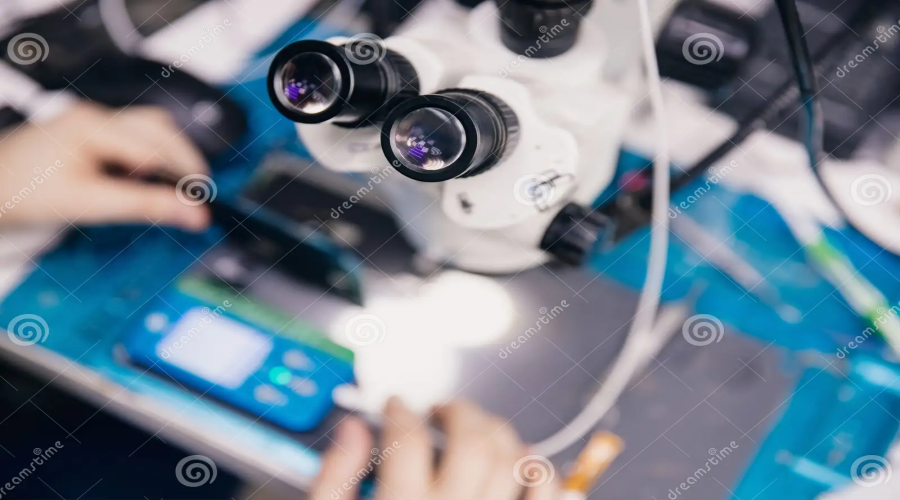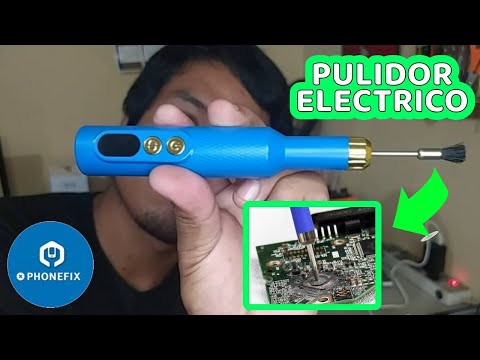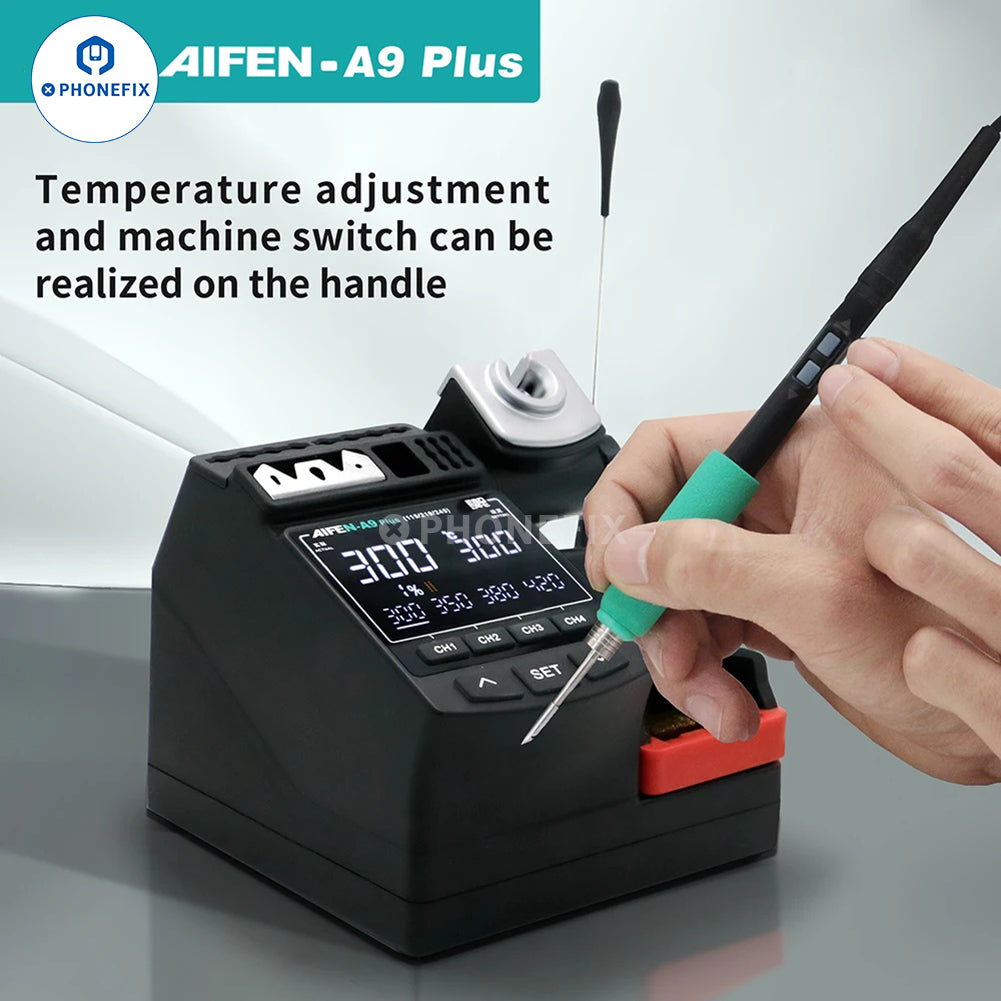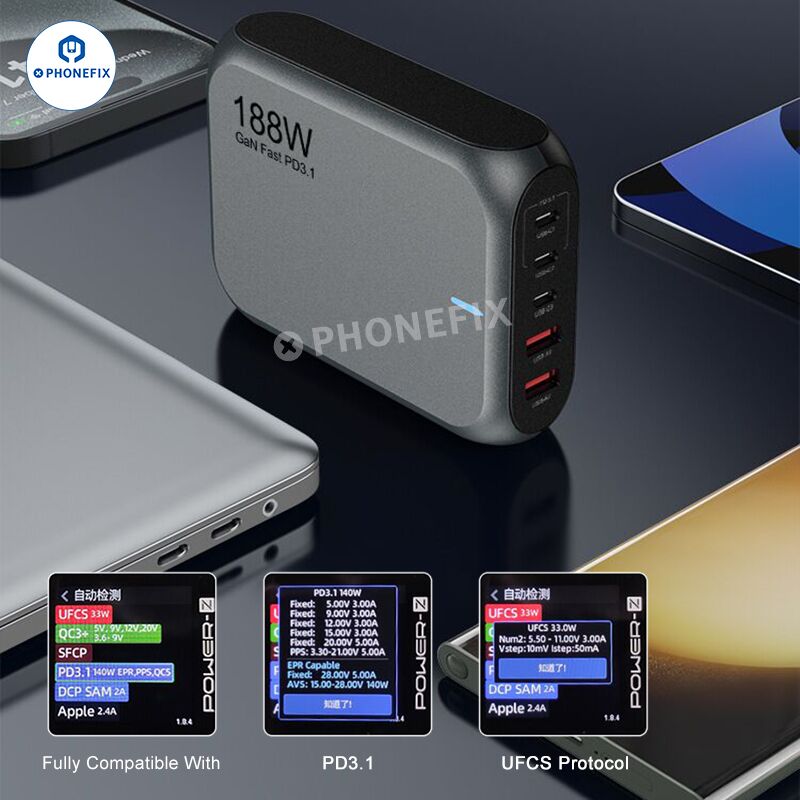In the realms of mobile phone repair and PCB soldering, a high-quality microscope can greatly enhance precision and efficiency. This blog post will guide you through the essential factors to consider when choosing a microscope and highlight some of the best models available on the market.
The Importance of a Microscope for Phone Repair
When repairing mobile phones, especially those with tiny components and intricate solder joints, a microscope is indispensable. It allows technicians to clearly observe minute details, making it easier to identify and fix issues such as cracked solder joints or misplaced components. A good microscope reduces the chances of errors and ensures a higher quality repair.
PCB Soldering Repair
In PCB soldering, the ability to view fine details and solder connections with clarity is crucial. A microscope helps in inspecting soldering quality, detecting potential faults, and performing precise repairs. It enhances the technician's ability to work on small components and intricate circuit designs, improving overall repair outcomes.
Key Factors in Choosing a Microscope
Magnification Range: Different tasks require different levels of magnification. Choose a microscope that offers a range suitable for your specific needs. Higher magnification allows for detailed inspections, while lower magnification can be useful for broader overviews.
Lighting Type: LED illumination is commonly preferred for its bright, even light, which minimizes shadows and highlights details. Consider the lighting options available with the microscope and how they impact visibility.
Resolution and Clarity: High resolution is crucial for observing fine details. Ensure the microscope provides clear and sharp images, which are essential for precise work.
Microscope Type: Stereo microscopes provide a three-dimensional view, which is beneficial for inspecting depth and solder joints. Digital microscopes offer additional features like image capturing and enhanced viewing on external displays.
1.Magnification Range
Mechanic D65S: Offers a magnification range from 6.5X to 65X, extendable to 260X with optional lenses.
RF4 RF7050TVP-2K: Provides continuous zoom from 7X to 50X, with optional lenses including 0.5X, 0.7X, and 2.0X.
5X-90X Trinocular Stereo Microscope: Provides a magnification range from 3.5X to 90X, with auxiliary lenses of 0.5X, 1.0X, and 2.0X available.
Comparison: The Mechanic D65S microscope offers the highest maximum magnification, which is ideal for extremely detailed work. The RF4 RF7050TVP-2K and 3.5X-90X provide broader zoom ranges suitable for versatile tasks.
2. Lighting and Image Clarity
Mechanic D65S: Features optional LED illumination, high resolution, and a clear electronic eyepiece for enhanced image quality.
RF4 RF7050TVP-2K: Equipped with 144 adjustable LED lights and a 2K HD CCD camera for high-definition imaging and improved visibility.
3.5X-90X Trinocular Stereo Microscope: Comes with 56 LED lights and a 38MP HDMI camera, providing excellent image clarity and detailed visuals.
Comparison: The RF4 microscope and 3.5X-90X both include advanced camera systems and lighting, offering superior image clarity. The Mechanic D65S provides good resolution but lacks an integrated camera.

3. Working Distance and Stand Design
Mechanic D65S: Features a working distance of 110mm with adjustable auxiliary lenses. It comes with a large base and adjustable focus arm.
RF4 RF7050TVP-2K: Includes a boom stand with a 250mm pillar and a 380mm x 260mm base, providing good stability and a flexible working distance.
3.5X-90X Trinocular Stereo Microscope: Offers a working distance of 100mm and a 360° rotatable stand with a solid metal base and silicone pad for stability.
Comparison: All three models offer flexible working distances and stable stands. The RF4 RF7050TVP-2K and 3.5X-90X microscope provide robust stand designs, while the Mechanic D65S offers a large base suitable for extensive use.

Maintenance and Care
Cleaning: Regularly clean the lenses and other components to maintain image clarity. Use appropriate cleaning solutions and tools to avoid damage.
Storage: Store the microscope in a dust-free environment and use protective covers to prevent damage. Ensure that the microscope is placed on a stable surface to avoid accidental impacts.
When selecting a microscope for mobile phone repair and PCB soldering, consider factors such as magnification range, lighting, resolution, and microscope type. The Mechanic D65S, RF4 RF7050TVP-2K, and 3.5X-90X Trinocular Stereo Microscope each offer unique features tailored to different needs. Choose the one that best aligns with your repair tasks in China Phonefix (determined to offer the best tools for phone repiar) to enhance efficiency and precision.












